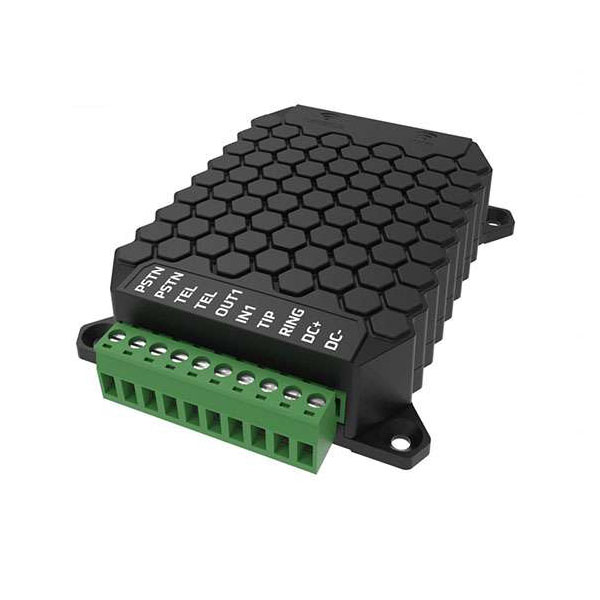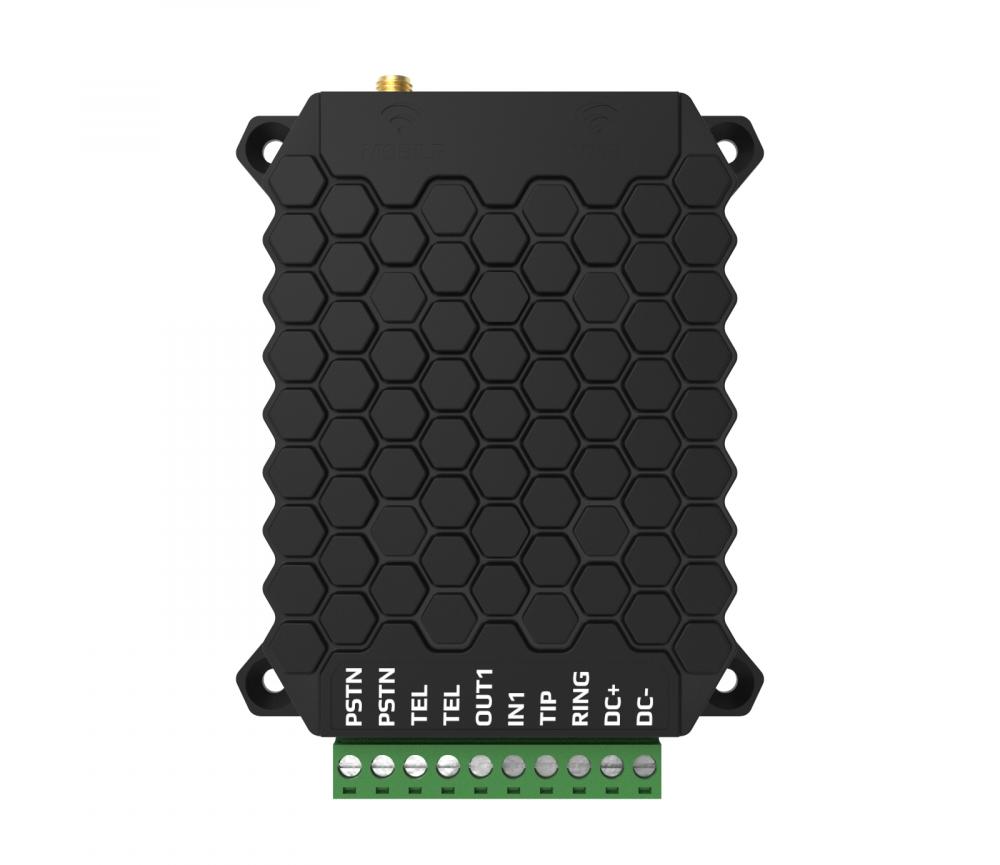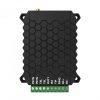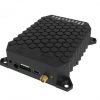The SC-4G PSTN is a state-of-the-art remote monitoring communicator with LTE data transmission over the 4G mobile network, with telephone line backup signalling.
Translates the TIP/RING landline communication of the alarm systems, forwards it to the monitoring receivers, as it is defined in the SIA DC-09 standard. The data transfer is done in the GPRS system of the mobile network, in the form of TCP/IP or UDP packets. Only the CONTACT ID or SIA FSK Level 1,2 format reporting codes, can be interpreted and forwarded to monitoring, by the device.
In backup mode, i.e. if the mobile network connection fails or the configured IP-based monitoring receivers are not available, the communicator provides a secondary physical connection for the alarm system via the PSTN by switching its TIP/RING port to the PSTN landline. The PSTN phone line voltage in the direction of the telephone set (on the TEL outputs) is will be interrupted and the landline is only available to the alarm system. If any of the configured receivers (MS1 or MS2) is available again (i.e. the periodic test report is successful) the communicator will switch back to “normal mode”, thus making communication available again to the alarm panel in the direction of the IP receivers. In the event of device failure or loss of power, the PSTN becomes the essential communication line, ensuring that the backup is operational under all circumstances.
Another advantage is that it can connect to a back-end server (IoT) in the background, which allows continuous remote access to the communicator via a web browser, i.e. the device can be managed remotely. This means that even the connected alarm can be remotely accessed, configured and programmed at any time. Thanks to the back-end server, it allows remote connection of the alarms to local PCs for downloading or programming, using so-called peer to peer (or P2P) technology, thus ensuring a stable, fail-safe remote connection, similar to a direct cable connection, due to the extremely fast response time of the network.
The product incorporates the so-called ERPWDN (automatic power down unit), in addition of course to the external reset circuit (wachdog) of the microcontroller, which eliminates the phenomenon of freeze-ups caused by mobile network events. When a fault is detected, an independent circuit will fully de-energised the unit for about 5 seconds, ensuring a perfect restart.






